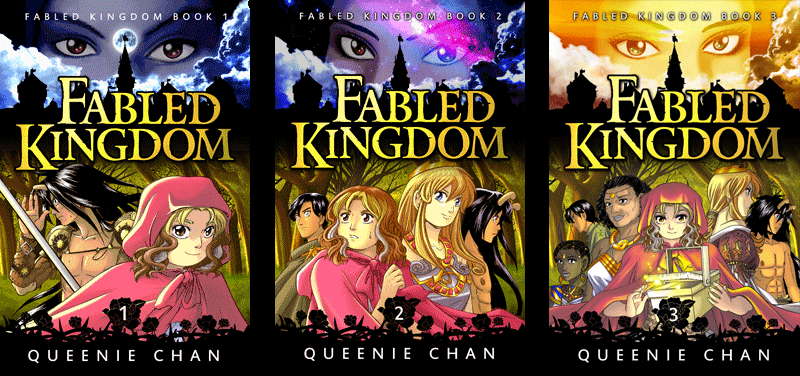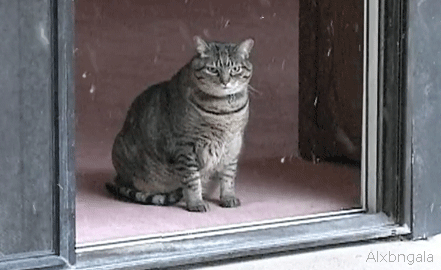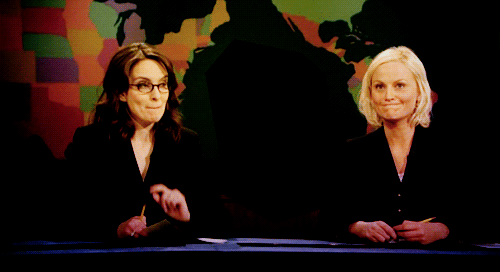Hi all! Fabled Kingdom book 2 is still waiting on its proofs, but I have chapters 12-13 up already on Smashwords. It’s US$1.59 to buy these two chapters, while I wait to release the full version of book 2 in print and ebook.
This 2-chapter ebook will not be released on any other platform besides Smashwords. I have also withdrawn all of the “Fabled Kingdom” books distributed through Smashwords, and they should ONLY be available on SW (though it’s unlikely). I’ll talk more about it below.
As you may have noticed, I re-designed the covers:

The main reason, apart to make it less “busy”, is due to the font. The original font I used was a fan-made font for the “Lord of the Rings” community (Ringbearer), which is rather inappropriate to use for self-publishing. I couldn’t secure permission for the creator to use it, so I used a paid font (which I bought the license to) called Mantinia instead. It’s an obscure font, but looks a lot like Ringbearer, so it sufficed. It’s important to own the rights to fonts and images you use in your work, folks!
About Smashwords:
I may have mentioned before that I’ve soured on SW as a distribution system, but I want to make it clear that this has nothing to do with SW itself, which I still think is a great platform. Instead, the reason is rather complicated – it’s due to the consolidation of the book market, and problems with SW’s downstream distributors.
There’s been a whole bunch of news reports lately about the e-book market stabilising to around 30% of total book sales, but much of it is misleading. First of all, these figures don’t distinguish between fiction and non-fiction books, but that’s not the main issue – the main issue is that while the e-book pie of the market isn’t growing as explosively as in 2008-2012, the number of new e-book selling platforms entering the e-book market has increased. This means that an increasing number of e-book sellers are fighting over a pie that isn’t growing as quickly as new sellers are entering.
Obviously, this leads to companies going bust, or being bought up by other companies. E-book selling in 2015 is a hot mess, with Amazon dominating everyone by far. This means that it’s become impossible to keep track of which e-book companies are still in business – including those which SW distributes to.
Hence, the problem with not SW, but the platforms SW distributes to. I know SW sells my books, but since SW also distributes to iBooks, Nook, Kobo, and other places, do I know who these platforms distribute to? Apart from iBooks (Apple ain’t in the e-book distributing business), the answer is NO. There’s currently no way to track which e-book platforms that, say, Kobo is distributing to, or whether these platforms will still be around in 2 years time.
This means that there’s a potentially infinite number of dead e-companies out there, with nothing to show for but large data warehouses full of e-books they may not even have the rights to distribute. Does this bother everyone? No, but it bothers me.
Hence, why I’ve decided to stay off SW’s distributors for a while. I’ll be posting the rest of the “Fabled Kingdom” series up, but that’ll be about it. After I finish book 3, I shall remove “Fabled Kingdom” from that platform until things settle down. It’s not a huge deal, but I don’t want to be caught in the cross-fire of Amazon and internet e-book companies when they start dying (which they already are).





